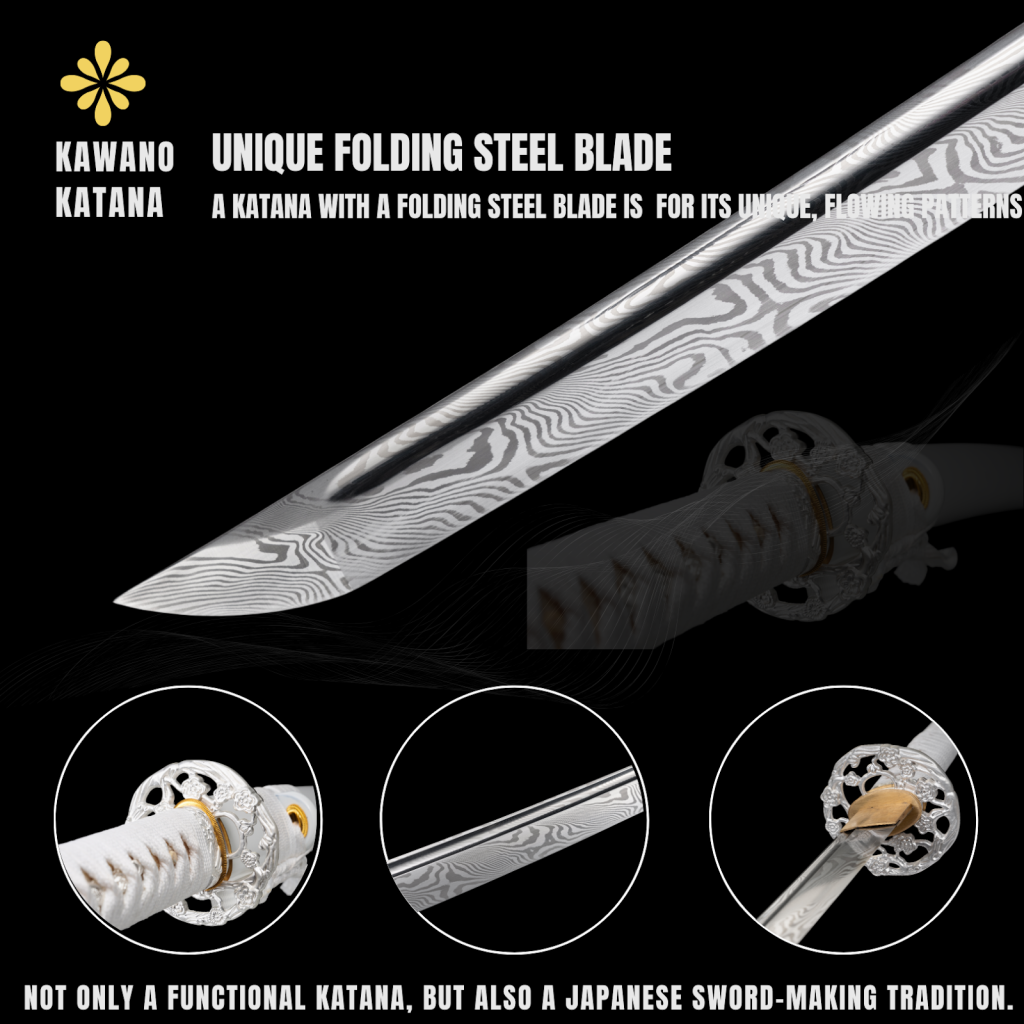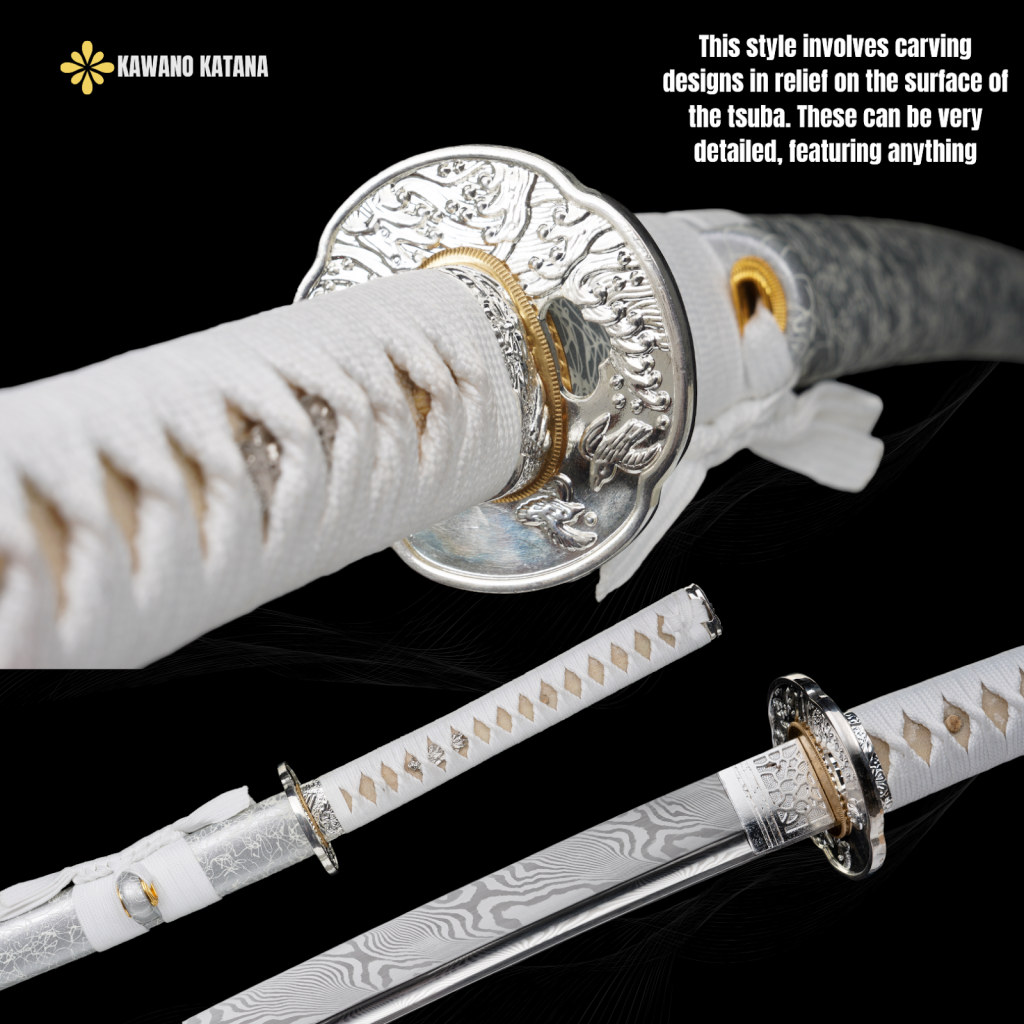
The katana is a weapon that represents a historical narrative, combining fire and steel with centuries of traditional practices. For many, the graceful curve of the blade and its razor-sharp edge evoke images of the noble samurai, embodying a potent symbol of Japanese culture and history. But owning one of these masterpieces in its country of origin is not as simple as purchasing a souvenir. It involves a deep understanding of and adherence to strict legal frameworks designed to preserve this cultural heritage while ensuring public safety.
For martial arts enthusiasts, history buffs, and collectors, the allure of a genuine samurai sword is undeniable. Whether you’re considering a katana for iaido practice, as a centerpiece for your collection, or as a tangible connection to Japan’s storied past, understanding the legal landscape is crucial. This guide will walk you through the intricate laws governing sword ownership in Japan, from their historical roots to the modern registration process. We will explore the legal requirements, the steps for registration, and the cultural importance behind these regulations, providing a comprehensive overview for anyone interested in owning this iconic piece of history.
A Sword’s Place in History: Post-War Regulations
The relationship between the Japanese people and their swords has been long and complex. For centuries, the katana was not just a weapon but a status symbol, the very soul of the samurai class. This deep cultural connection was profoundly disrupted after World War II.
Following Japan’s surrender in 1945, the Supreme Commander for the Allied Powers (SCAP) initiated a widespread disarmament of the Japanese populace. This included the infamous “sword hunt” (katanagari), which aimed to confiscate swords from civilians to prevent any potential for future militancy. Millions of swords, including priceless historical artifacts and family heirlooms, were seized. Many were unceremoniously destroyed, melted down, or dumped into the ocean.
This period marked a potential extinction event for the art of Japanese sword-making. Recognizing the immense cultural loss, a group of concerned individuals, including Dr. Honma Junji of the National Museum and Dr. Satō Kan’ichi, worked tirelessly to persuade the Allied authorities. They argued that true Japanese swords (Nihonto) were not merely weapons but invaluable works of art and significant cultural assets.
Their efforts were successful. A system was established to differentiate between mass-produced, non-traditional military swords (gunto) and traditionally made Nihonto. The Society for the Preservation of the Japanese Art Sword (Nihon Bijutsu Token Hozon Kyokai, or NBTHK) was founded in 1948 to help appraise and preserve these blades. This pivotal moment laid the groundwork for the legal framework that exists today, one that treats certain swords as art and requires their preservation through a formal registration system.
The Modern Legal Framework: The Swords and Firearms Control Law
Today, the ownership of swords in Japan is governed by the Firearms and Swords Control Law (Jūhō Tōkenrui Shoji tō Torishimari Hō). This law is strict and comprehensive, designed to control the possession of weapons while allowing for the ownership of culturally and artistically significant blades.
Under this law, it is illegal to possess any blade longer than 15 cm (approximately 5.9 inches) without a proper permit. However, traditionally made Japanese swords are a major exception. If a sword is deemed to be a work of art or a cultural artifact, it can be legally owned by a private citizen, provided it is properly registered.
The key to legal ownership lies in a registration certificate called a Tōkenrui Tōroku Shō (銃砲刀剣類登録証). This document, issued by the Board of Education of the prefecture where the sword is located, officially recognizes the blade as an authentic, traditionally made Japanese sword. Each registered sword has a unique certificate that must accompany it at all times. If the sword is sold, gifted, or inherited, the certificate must be transferred with it, and the new owner must report the change of ownership.
The Path to Legal Ownership: The Registration Process

So, how does a katana get registered? The process is meticulous and involves several steps to ensure the blade’s authenticity and historical value.
1. The Shinsa (Appraisal)
The journey begins with an appraisal, known as a shinsa. The sword must be submitted to an authorized appraisal body, most notably the NBTHK. During the shinsa, a panel of experts examines the blade in minute detail. They assess its shape (sugata), grain pattern in the steel (hada), temper line (hamon), and the signature on the tang (mei), if present. The goal is to determine if the sword was made using traditional Japanese methods (tamahagane steel, water quenching, etc.).
If the sword passes this rigorous inspection and is deemed authentic, the NBTHK issues a set of appraisal papers, often called origami. These papers certify the sword’s authenticity and may attribute it to a specific smith or school, estimate its age, and rank its quality. The most common ranks are Hozon (worthy of preservation), Tokubetsu Hozon (especially worthy of preservation), Juyo Token (important work), and Tokubetsu Juyo Token (especially important work).
2. Applying for the Tōroku Shō
With the NBTHK papers in hand, the owner can then apply for the official government registration certificate, the Tōroku Shō, from their local prefectural Board of Education. The application requires submitting the sword for a physical inspection by officials, along with the appraisal papers and other required documentation.
The officials verify that the sword matches the description in the appraisal documents. They record its specific characteristics, such as length, curvature, and any inscriptions. Once confirmed, a Tōroku Shō is issued for that specific blade. This small, laminated card contains all the essential details of the sword and is its legal passport. There is a registration fee, which is currently around 6,300 yen.
3. Change of Ownership
Once a sword is registered, the process for transferring ownership is relatively straightforward. When a swordforsale is purchased, or when a sword is inherited, the new owner must report the change to the Board of Education within 20 days. This involves submitting a form with details of the new owner and the sword’s registration number. This ensures the government maintains an accurate record of who owns which historical blade.
Exemptions and Special Cases
While the registration law applies to most privately owned swords, there are some exceptions and special circumstances.
- Museums and Shrines: Swords owned by recognized museums, shrines, and temples are often managed under different cultural property laws, such as the Law for the Protection of Cultural Properties. These institutions have their own rigorous standards for cataloging and preserving their collections.
- Antique Blades without Registration: It is possible to discover an unregistered antique sword, perhaps a family heirloom found in an old storehouse. In such cases, the finder must immediately report the discovery to the local police. The police will temporarily hold the sword while the individual applies to the Board of Education for registration. The process is similar to a standard registration, involving an appraisal to confirm its status as a cultural artifact. It is illegal to keep an unregistered sword, even if it is a genuine antique.
- Swords for Iaido/Iaijutsu: Modern swords made for martial arts practice (iaito) are typically made from a zinc-aluminum alloy and cannot be sharpened. Because they are not considered “real” swords, they are not subject to the Swords and Firearms Control Law and do not require registration.
The Weight of the Law: Penalties for Non-Compliance

The Japanese government takes the enforcement of the Swords and Firearms Control Law very seriously. The penalties for owning an unregistered sword are severe. Individuals caught in possession of an illegal blade can face up to five years in prison and substantial fines.
This strict enforcement underscores the dual purpose of the law: to prevent dangerous weapons from circulating among the public while cherishing genuine Nihonto as protected pieces of art. The system is designed to make it very difficult for anyone to possess a live blade without going through the proper legal channels that affirm its cultural value.
Preserving a Legacy of Steel and Spirit
The registration system is more than just bureaucratic red tape. It is the modern expression of Japan’s dedication to preserving its cultural heritage. By creating a legal distinction between a weapon and a work of art, the law ensures that the legacy of Japanese swordsmiths continues to be appreciated and studied.
This system encourages responsible ownership and helps prevent the illegal trade of cultural properties. It also fosters a community of collectors, scholars, and martial artists who are passionate about the preservation of the samurai sword. Organizations like the NBTHK not only provide appraisal services but also host exhibitions, lectures, and publications that educate the public and deepen their appreciation for this unique art form.
According to one expert from a well-known sword shop in Tokyo, “The registration system is the guardian of our sword culture. It forces us to treat these blades with the respect they deserve, not as tools of violence, but as masterfully crafted artifacts that tell the story of Japan.”
Your Next Steps on the Sword-Collector’s Path
Owning a piece of Japanese history like a katana is a profound experience, connecting you to a legacy of artistry, discipline, and cultural identity. The laws governing sword ownership in Japan are strict but for good reason. They protect both the public and the swords themselves, ensuring that these beautiful artifacts can be safely owned and passed down through generations.
For anyone looking to acquire a katana in Japan, the path is clear:
- Buy from Reputable Dealers: A trustworthy dealer will only offer swords that are already registered and will guide you through the ownership transfer process.
- Verify the Paperwork: Always ensure that the sword comes with its Tōroku Shō. This is non-negotiable.
- Follow the Law: If you purchase a sword, complete the change of ownership registration promptly.
The journey of sword ownership is one of responsibility and deep appreciation. By respecting the legal framework that Japan has so carefully constructed, you become a custodian of history, a participant in the preservation of a “piece of living history.”
If you are serious about owning a Japanese sword, we strongly encourage you to consult with reputable sword dealers, legal experts specializing in cultural property, or organizations like the NBTHK. They can provide the most accurate and up-to-date information to guide your journey.
